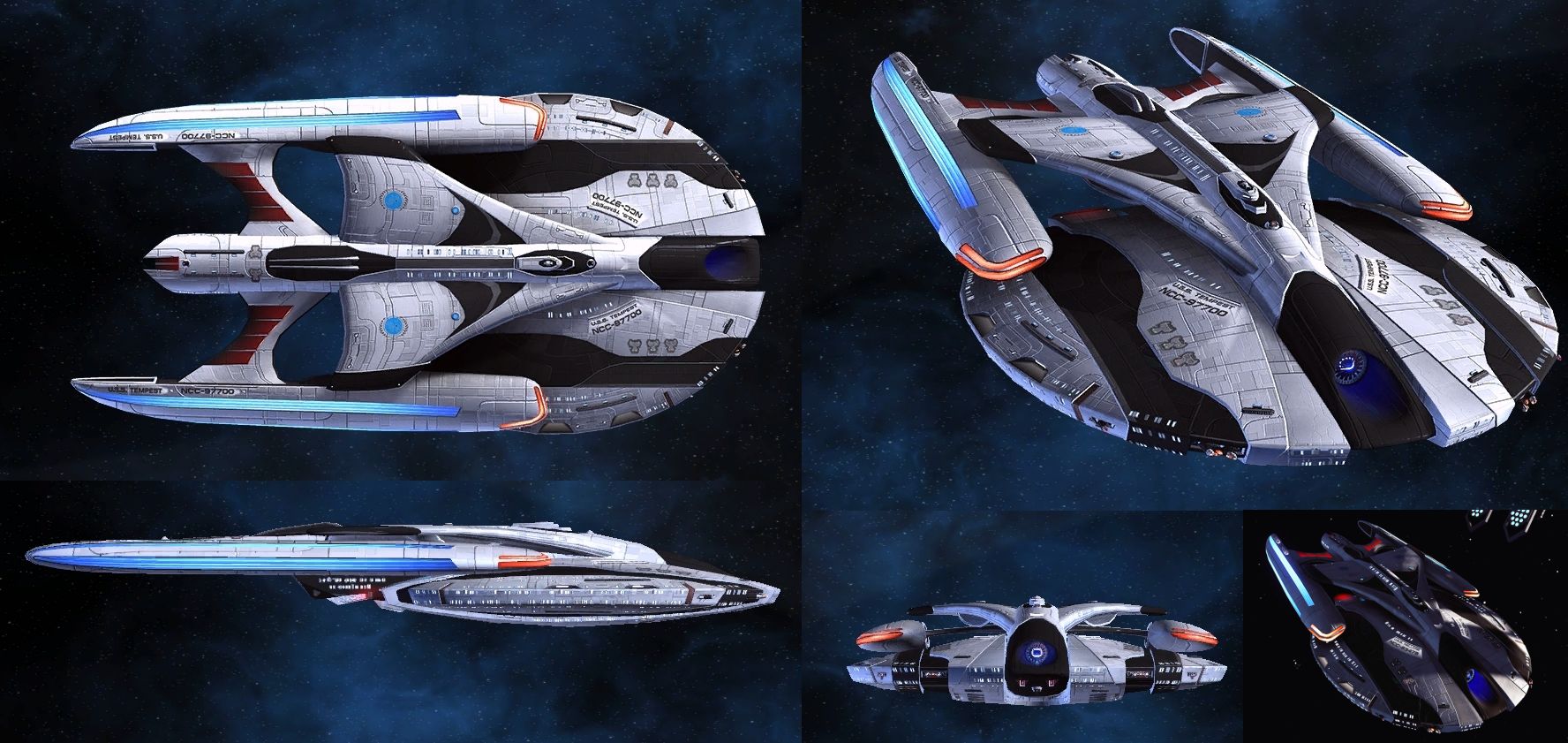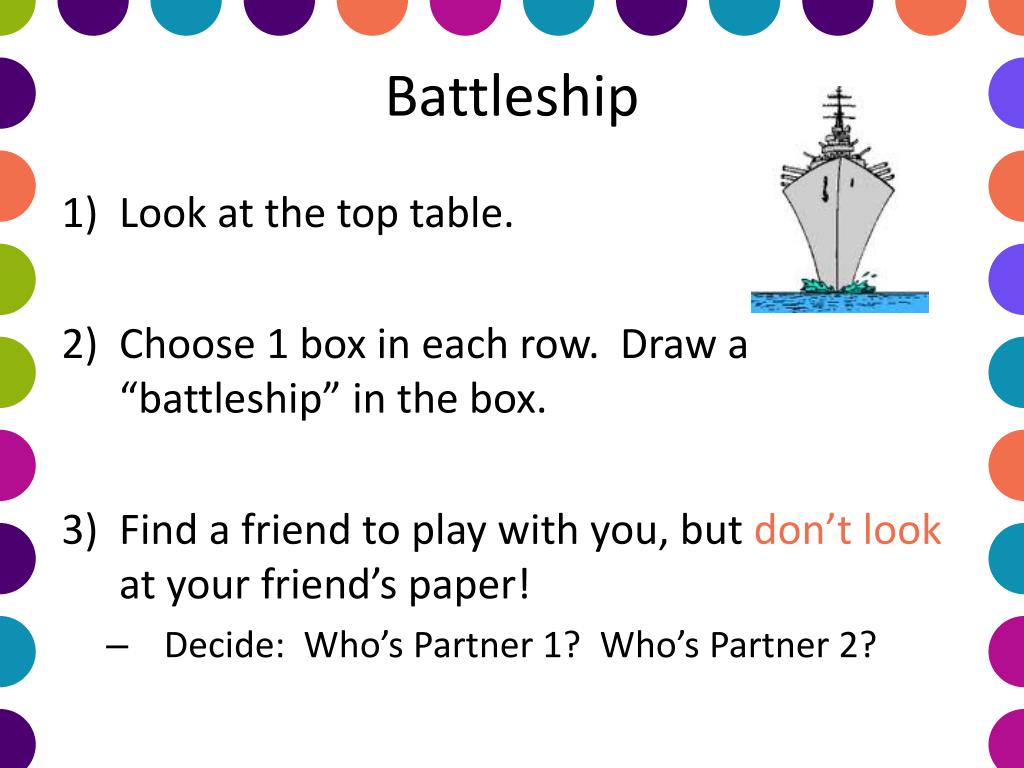

I’ve done I, You, He, She, It, Mary along the y-axis and adjectives along the x-axis so that students have to practice conjugating the be verb. You can adapt the board to practice many things. The original numbers and letters might be fine for very beginners, but for the English classroom, I tend to use English words for the x- and y- axes instead. Now, let’s adapt this for the English classroom. Boats are of varying length (we’ll get to that in a minute), so when a boat has been hit in every square it occupies on the board, the person whose boat it is must say “You sank my battleship.” The first person to sink all his or her partner’s boats is the winner!

When it’s not your turn, you respond to your partner’s guesses and place pegs in the lower portion of the board to track the guesses that have been made. But if there is a boat in that location, your partner says “hit!” and you place a red peg.

If there is not part of a boat at A1, your partner says “miss” and you place a white peg in that location on the upper portion of the board to indicate that there’s no boat there. In the original game, this is done by saying a letter and a number which correspond to positions on the board (based on a simple grid with numbers along the top, x-axis, and letters along side, y-axis) for example, “A1” which would be the upper leftmost corner. Once the boats are placed, you start taking turns guessing where the boats are on each others’ boards. The basic premise is that you and your partner both have the same number of boats that you strategically place on the lower section of the board you each have your own board, so your partner doesn’t know where your boats are and you don’t know where his or hers are. You can watch a short video to get the gist of it. I picked it up as an ESOL activity in Japan from one of my coworkers.įirst of all, you need to know how Battleship is played. It’s called Battleship, and it’s based off the game of the same name which looks like this. There are two grids for each player to use, one to put his/her own “boats” on and the other to keep track of the opponent.Back by popular demand is a tech-break! Chris Redmond commented on Tech-Break: Running Dictations that he was looking for more communicative activities that would work in monolingual classrooms, and I’ve got another good one for all of you.
#Battleship online classroom how to#
All of the necessary vocabulary (boat names, hit, sunk, miss, examples of how to say a sentence) are on the sheet for student reference. To choose a square, the player must say the article of clothing and the correct form of the color. There are pictures of clothing down the left side and colors across the top (this can also easily be done with with subjects and verbs). Students play against another student and try to find and sink the boats of the opponent. Students place boats (filled in boxes) on the game board. Here is an example of how battleships can be used to practice clothing vocabulary and colors in Spanish.


 0 kommentar(er)
0 kommentar(er)
